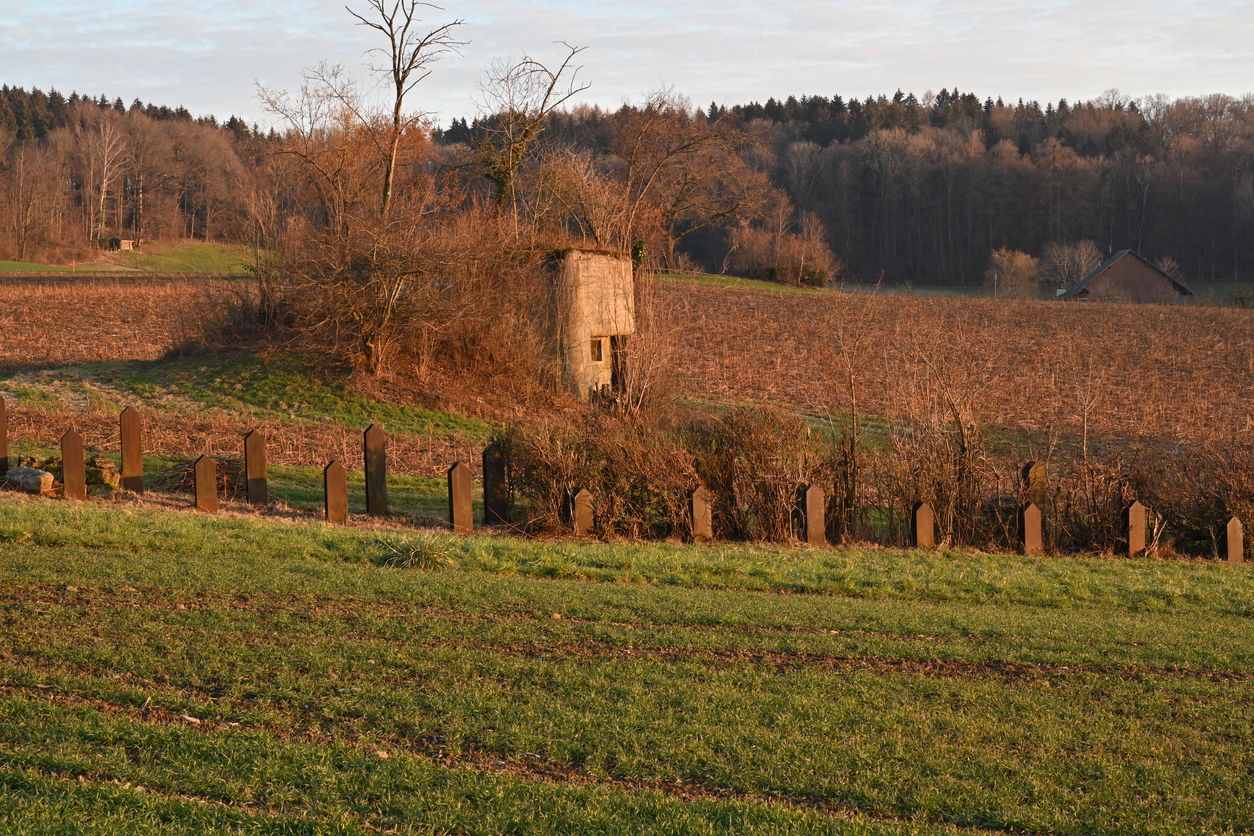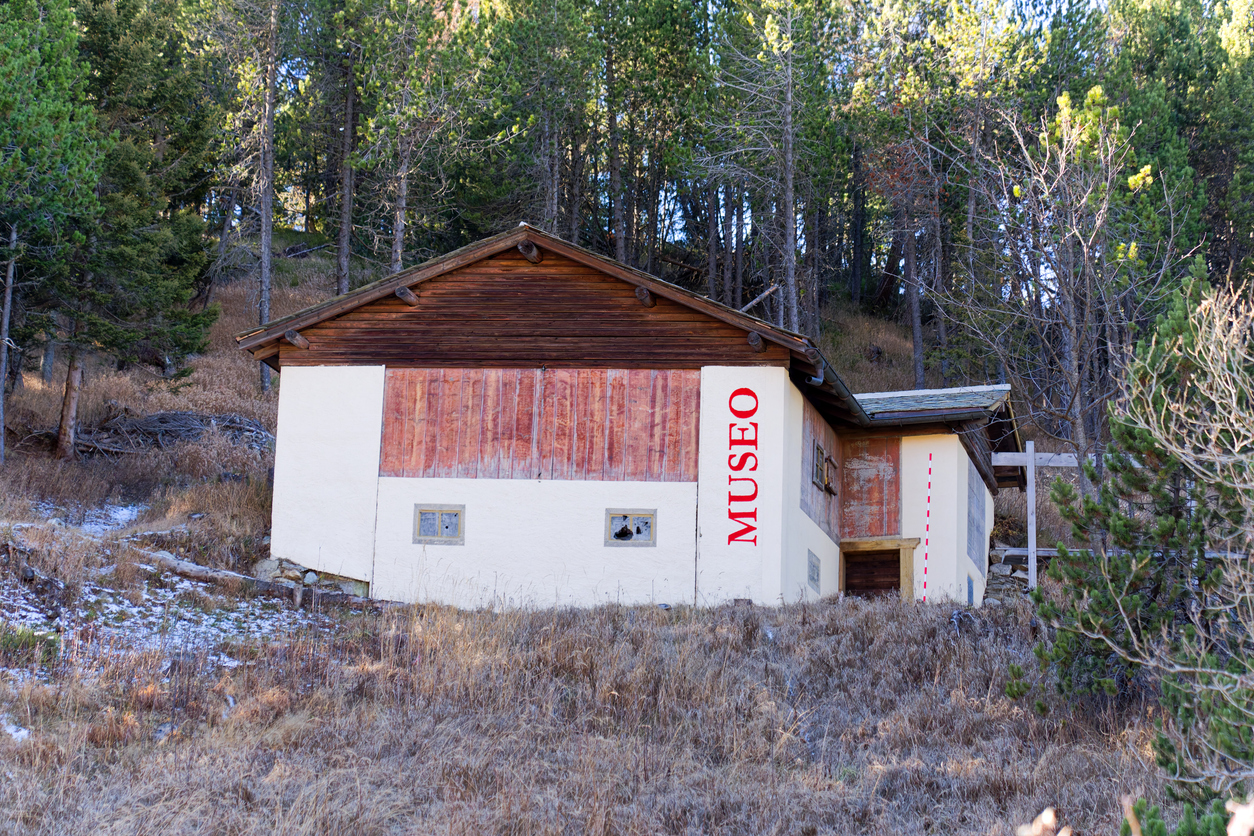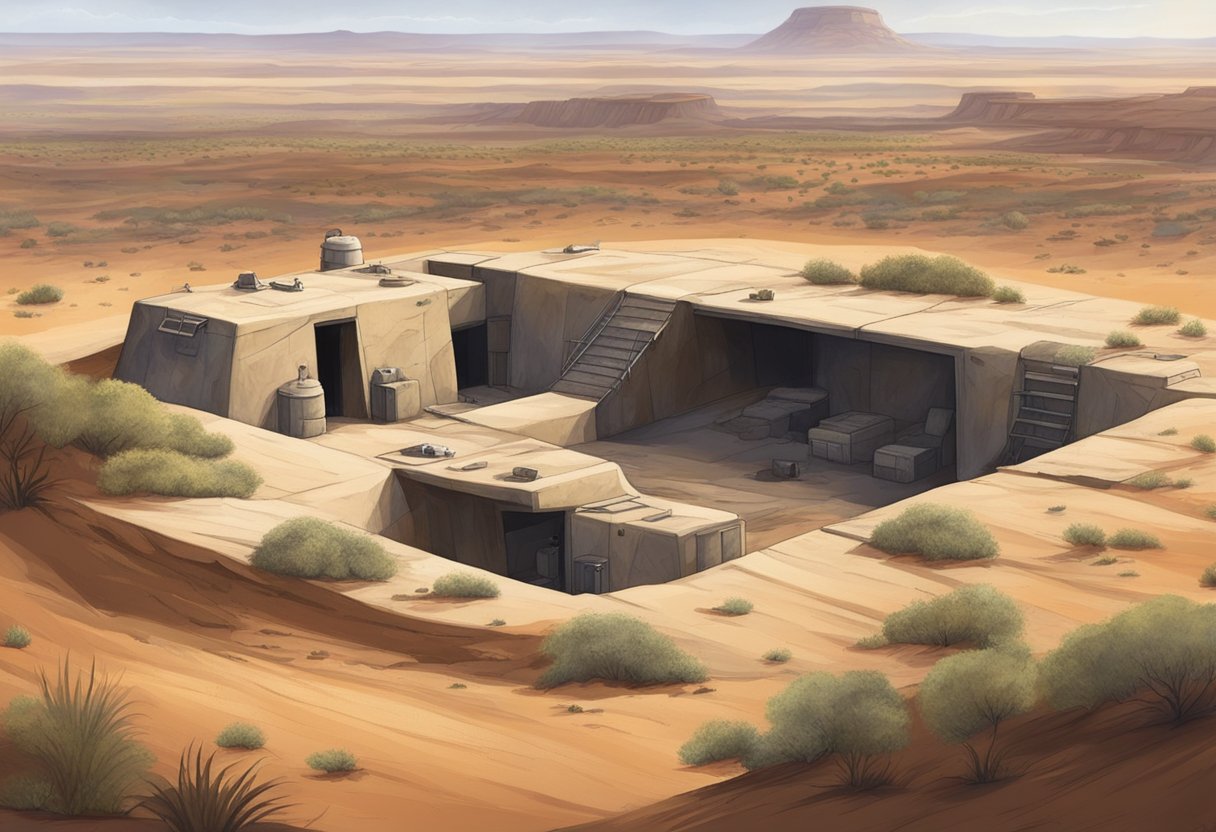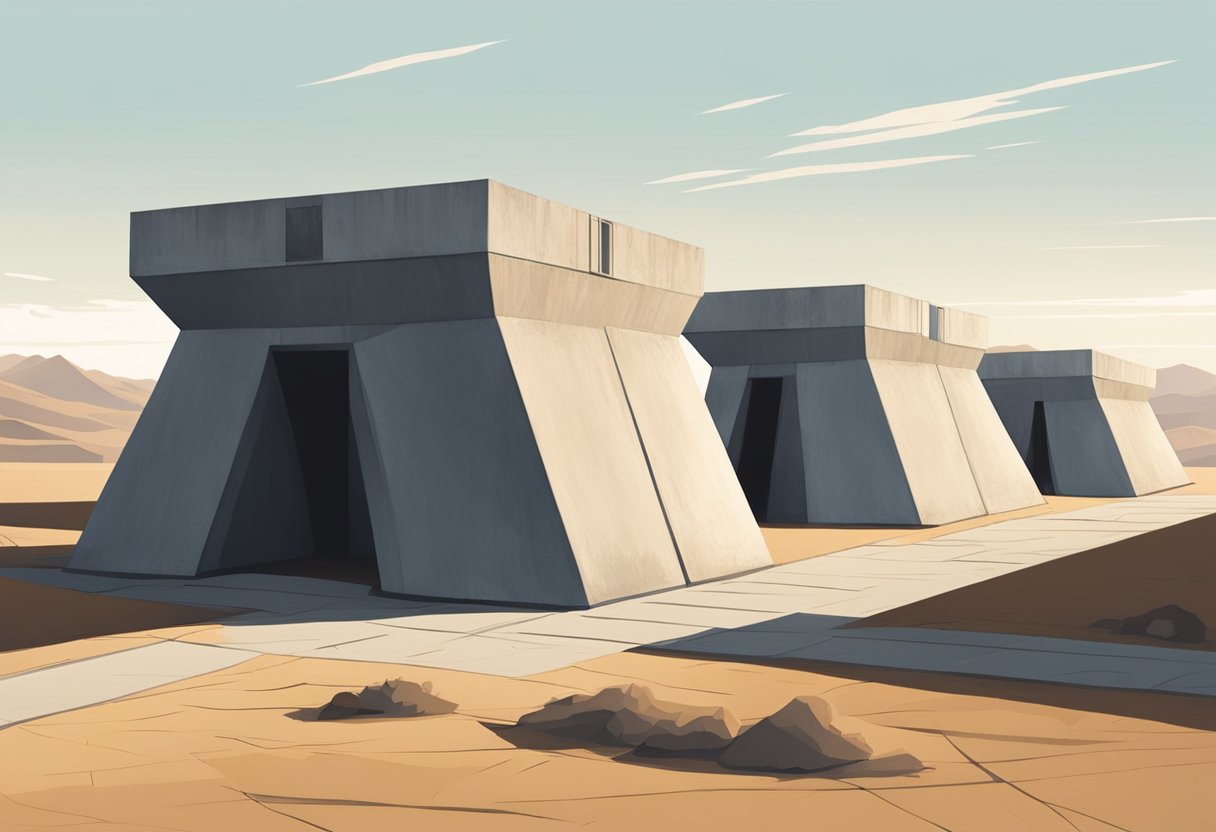Switzerland’s Secret Fortresses: Uncovering the Hidden Bunkers Beneath the Alps

Beneath Switzerland’s peaceful alpine landscape lies a hidden world of concrete tunnels, camouflaged artillery, and secret bunkers. Built during World War II and the Cold War, these underground fortresses were designed to defend the neutral nation from invasion. Today, many of them are open to the public, offering a rare look into Switzerland’s silent—but serious—preparedness for war.
The Vast Underground Network: 360,000 Bunkers Hidden in Plain Sight
While Switzerland's idyllic landscapes captivate tourists with snow-capped mountains and pristine lakes, few realize they're standing above one of the world's most extensive underground defense systems.
Beneath the serene Alpine terrain lies an astonishing network of 360,000 plus Swiss bunkers, meticulously integrated into the natural environment. You'll never spot most of them as you hike through meadows or photograph charming villages—they're designed to disappear into the surroundings.
Born from the country's commitment to neutrality and heightened during Cold War tensions, these hidden fortresses represent Switzerland's remarkable approach to civil defense. They're engineered not just to protect citizens, but to preserve the nation's critical infrastructure during crisis.
What appears as peaceful countryside actually conceals a vast subterranean world of resilience and strategic foresight.
Engineering Marvel: How Switzerland Built Its Subterranean World

Carving through solid Alpine rock, Swiss engineers achieved what many nations would consider impossible—a vast network of underground fortresses that transformed the country's defense strategy. This architectural innovation required massive excavation operations, with bunkers strategically placed throughout the mountainous terrain to maximize defensive capabilities.
Their self-sufficiency design includes power generation, water filtration systems, and food storage capable of sustaining occupants for extended periods. The strategic geo placement of these 360,000 bunkers guarantees nearly all Swiss citizens have access within minutes of an emergency.
What's remarkable is how seamlessly these structures blend into the picturesque landscape—hidden behind ordinary-looking facades or nestled within mountains, representing Switzerland's perfect marriage of defense preparedness and environmental harmony.
From Military Fortresses to Modern Adaptations
Countless Swiss military bunkers have undergone remarkable transformations in recent decades, evolving from Cold War fortifications into some of the world's most unique repurposed spaces. You'll find civilian owned bunkers hidden beneath charming chalets and seemingly ordinary villas like Fribourg's Villa Rose, their wartime origins cleverly disguised.
The innovative adaptations extend beyond luxury accommodations. High-security data storage adaptations leverage both the natural protection of mountain rock and Switzerland's political neutrality, making these facilities ideal for sensitive information.
Other creative conversions include wine cellar transformations, where constant temperatures and humidity create perfect aging conditions.
While most remain private, you can explore this underground world at museums like Festung Fürigen and Sasso San Gottardo, where Switzerland's defensive ingenuity and sustainable repurposing of these subterranean structures are proudly displayed.
Inside the Bunkers: Self-Sufficient Cities Beneath the Mountains
Hidden beneath Switzerland's picturesque mountains lie elaborate underground cities designed for apocalyptic scenarios. You'll find these bunkers equipped with self-reliant infrastructure including power generators, water systems, and food reserves capable of sustaining residents for months during emergencies.
The most impressive facilities span over 30,000 square meters, featuring networks of tunnels connecting living quarters, medical facilities, and recreational bunker amenities.
Swiss law requires every new building to include personal fallout shelters, ensuring complete population protection.
Modern technological data bunker adaptations have transformed many of these facilities into high-security data centers, capitalizing on their natural protective qualities and controlled environments. Other creative repurposing includes luxury accommodations with private chalets and vineyards built above these historic fortifications, blending defense with comfort.
These underground fortresses represent Switzerland's commitment to civilian protection through unprecedented preparation.
The Strategy Behind the Secrecy: Neutrality Through Preparedness
While many nations demonstrate their military might through visible displays of power, Switzerland pursued a paradoxical strategy—becoming unconquerable by appearing virtually defenseless.
This approach had profound geopolitical implications. By hiding bunker entrances within mountainsides and cliffs, Switzerland created an invisible fortress that turned the entire Alpine region into an impenetrable "redoubt." The psychological impact on potential aggressors was significant—you'd never know which innocent-looking cliff concealed military installations.
Switzerland's engineering expertise from building mountain railways in the 1800s enabled remarkable civil defense feasibility, allowing them to construct self-sufficient underground cities for their entire population. This commitment to universal shelter access reinforced their neutrality through preparedness rather than aggression.
Today, as global security landscapes evolve, you'll find Switzerland reassessing this strategy—questioning whether these hidden fortresses still serve their purpose in maintaining the nation's traditional neutrality.
Exploring Switzerland's Military Heritage: Bunkers Open to Visitors

Today, curious travelers can explore Switzerland's once-classified military installations that have been strategically opened to the public. You'll discover fascinating visitor experiences at sites like Festung Fürigen, where Cold War defensive strategies come alive through multimedia exhibits detailing the country's extensive bunker network.
Witness sustainable technology innovations at Sasso San Gottardo's interactive displays. Uncover the secret bunker beneath Villa Rose in Fribourg. Experience luxury accommodations in repurposed military fortifications. Marvel at the engineering feats visible during guided tours. Explore how certain bunkers now function as high-security data centers.
These public access points offer you rare glimpses into Switzerland's defensive past while showcasing how these remarkable underground fortresses have adapted to modern purposes—blending historical significance with contemporary function.
The Future of Swiss Bunkers in a Changing Global Landscape
Beyond their historical significance and tourist appeal, Switzerland's fortress network now faces unprecedented challenges in our rapidly evolving security environment. As geopolitical tensions impact on bunkers intensifies, you'll find Swiss policymakers balancing their neutrality tradition with modern defense needs.
The economic feasibility of repurposing these Alpine strongholds has become central to national discussions. You can see innovation emerging as certain facilities transform into data centers and high-security storage—practical applications that maintain their protective value while serving contemporary purposes.
Adapting bunkers for emergencies remains paramount as Switzerland reconsiders their strategic role. While modernization debates continue, the Swiss commitment to civil defense hasn't wavered. These underground fortresses continue evolving, ensuring Switzerland's preparedness in an increasingly unpredictable world.




